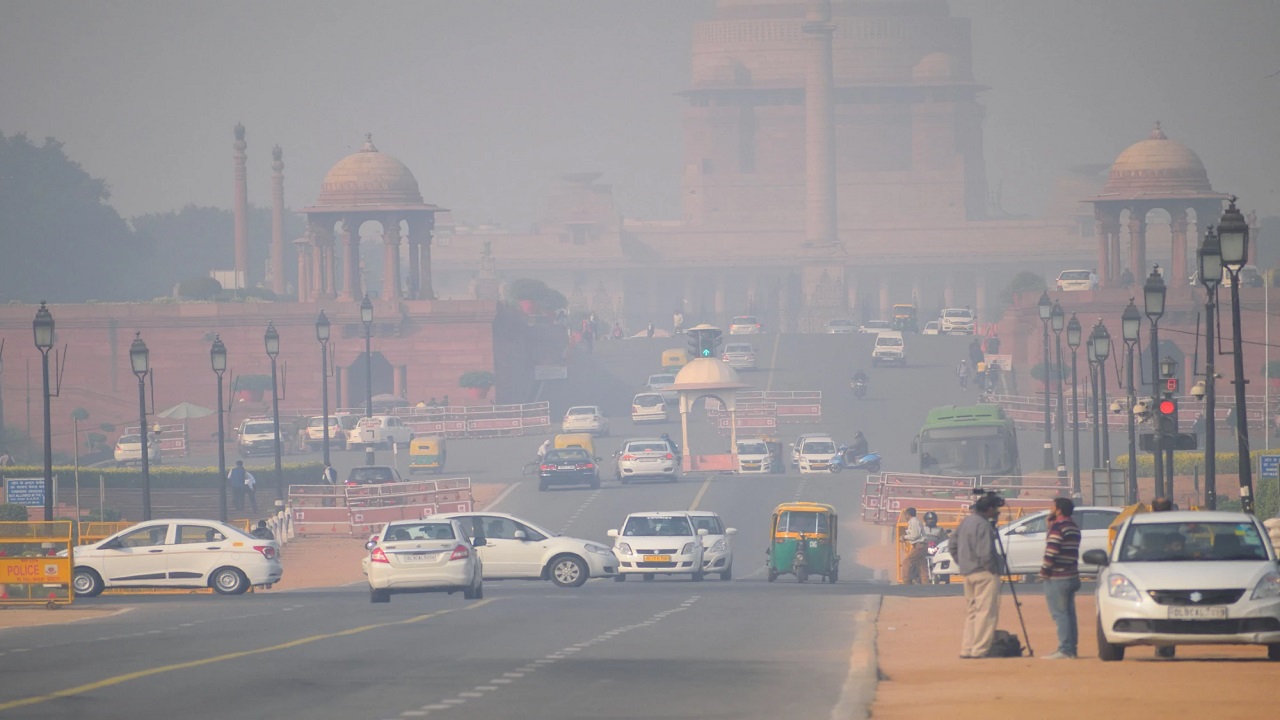Invisible Threat: Air Pollution’s Impact on Birth Outcomes in India
Context
A recent international study has highlighted that the harmful impacts of air pollution extend beyond the lungs and heart, affecting human health even before birth. The study examined how exposure to air pollution during pregnancy leads to adverse birth outcomes, including preterm births and low birth weight. It presents critical evidence relevant to public health, environmental governance, and socio-economic vulnerability in India.
Study Overview
-
Published in PLOS Global Public Health
-
Conducted by researchers from institutions in India, Thailand, Ireland, and the UK
-
Data sourced from the National Family Health Survey (NFHS) and satellite-based air quality monitoring
-
The study analysed children aged 0 to 5 years
-
52 percent were female, 48 percent were male
-
-
Objective was to assess the effect of ambient air quality on two critical birth outcomes:
-
Preterm births (PTB)
-
Low birth weight (LBW)
-
Key Findings
-
PM2.5 exposure during pregnancy significantly increases the likelihood of both preterm births and low birth weight
-
PM2.5 refers to fine particulate matter less than 2.5 micrometres in diameter
Regional Disparities
-
The most affected regions include Delhi, Punjab, Haryana, Uttar Pradesh, and Bihar
-
These areas are highly industrialised, have dense vehicular traffic, and use solid fuels extensively for cooking
State-wise Trends
-
Preterm births
-
Himachal Pradesh: 39 percent
-
Delhi: 17 percent
-
-
Low birth weight
-
Punjab: 22 percent
-
Delhi: 19 percent
-
Gender and Socioeconomic Trends
-
Female children were more likely to be born with low birth weight (17 percent) compared to males
-
Both PTB and LBW were more common among children born to illiterate and poorer mothers
Contributing Factors
-
Solid fuel usage in households was linked with increased rates of PTB and LBW
-
Higher levels of PM2.5 during pregnancy raised the likelihood of adverse birth outcomes
-
High ambient temperatures were associated with maternal dehydration, heat stress, and reduced placental function, affecting foetal development
-
Excessive rainfall, particularly during monsoons, increased the risk of waterborne infections, disrupted healthcare access, and heightened pregnancy complications
-
Flood-related displacement further delayed timely medical interventions
National Air Quality Index (AQI)
-
AQI is a tool for measuring air pollution levels and their impact on public health
-
Introduced in 2014 by the Government of India
-
Categorises air quality into six levels: Good, Satisfactory, Moderately Polluted, Poor, Very Poor, and Severe
-
Tracks the following pollutants:
-
Particulate matter (PM2.5 and PM10)
-
Ozone (O3)
-
Carbon monoxide (CO)
-
Nitrogen dioxide (NO2)
-
Sulphur dioxide (SO2)
-
Lead (Pb)
-
Ammonia (NH3)
-




Comments (0)